
Questacon: Blinded by Science
The Japan Theatre integration has proven to be a quantum leap for these Charged Particles.
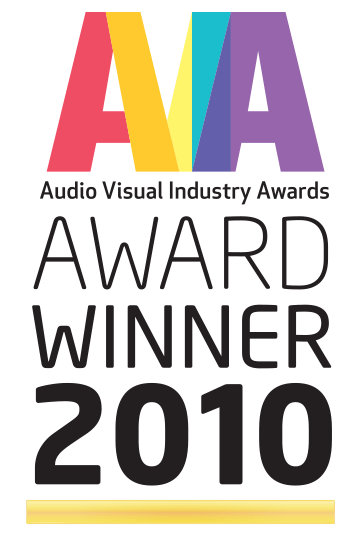
Text:\Tim Stackpool
Images:\ Stephen Nano & Jared Adamo
Until fairly recently the National Science and Technology Centre’s Japan Theatre at Questacon in Canberra was a functional lecture space with a small stage area, a couple of radio mics, three loudspeakers, some basic lighting, and a PC feeding a very modest 4:3 format projector that was deemed ‘adequate’ for PowerPoint presentations.
Today that space is a world class, award-winning science lecture theatre with state-of-the-art presentation facilities that has become a must-visit experience in the ACT.
The theatre’s primary function is to host 30-minute science shows every hour from 11am to 3pm daily and from 10am on school and public holidays. These shows are presented by a member of the Questacon team known as the Excited Particles – a dynamic group of individuals who present different aspects of science in an engaging, exciting and humorous way.
Apart from the presentation facility upgrade, the Questacon brief called for a simple intuitive interface that would enable the Excited Particles, most of them solo performers, to control every element of their shows, from the sound and lighting to videos, live cameras, curtains, music and explosions via a simple control interface.
For the initial tender specifications Scott Willsallen of Auditoria did the audio design work, with the video system and lighting upgrade designs provided by Ian Anderson of Mitech. When the project eventually went out to tender, Construction Control won the contract to overhaul the theatre and sub-contracted the audiovisual component to Canberra’s own Sound Advice.
Stephen Nano of Sound Advice described the installation as ‘revolutionarily evolutionary’. “While fundamentally the audio, lighting and staging were delivered as per the specification, the vision side went through a major rethink,” he said. “The initial design was specified around a Crestron MPS400 media presentation switcher. When it came to the project being awarded, this processor didn’t make it to market, so it was back to the engineering table for a new solution. As we delved deeper into the specification we found a couple of areas that presented a further challenge, one being that the projection system we offered required inputs in 1920 x 1080 digital format. The Crestron system at the time was only analogue and we needed to rethink things again.”
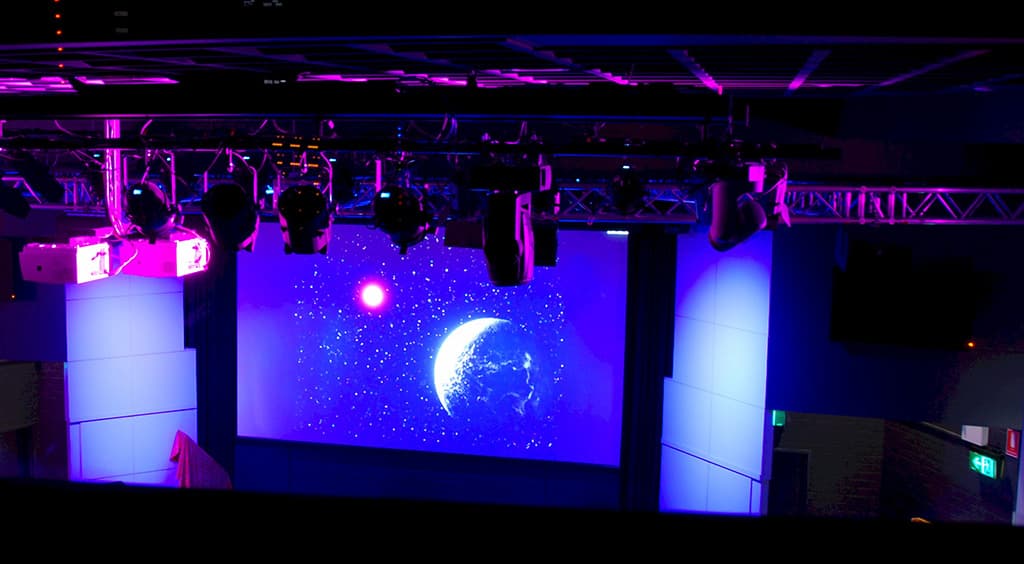
GOING NATIVE
The primary signal management goal was to keep things as default and as native as possible. “So I looked at the projector, saw it was 16:9 at 1080p, and decided to get everything at that resolution. The next problem was the vision mixer’s DVI I/O. It did not natively sit at the chosen system base of 1080. I decided to keep the vision mixer I/O running HD-SDI and convert the system to a digital base.”
As there are more sources and destinations than the vision mixer can support, a 24 x 24 DVI matrix was chosen. “This opened up a complete can of worms with EDID and HDCP support issues, so combinations of Gefen scalers and converters were chosen to resolve these problems,” Nano said.
With the project underway, the client also requested an HD video conferencing solution, leading to a few more vision converters and the incorporation of DSP-based acoustic echo cancellation.
A custom lectern was designed to accommodate the 15-inch touchscreen, the PC’s LCD display, CD player, DVD player and mechanical automation controller. Selection of the three PCs (located backstage in the control room) is via the touchscreen that subsequently controls a KVM. Thus there’s no need for the PC to sit in the lectern on stage. “After resolving a small teething problem with USB1.1 support on multimedia keyboards, this solution worked perfectly,” Nano reports.


NO NEED TO FLIP OUT
The aim of the system design was to avoid that most hated of features: the incessant page flipping required to access all of the functions on small panels. While the resulting system does have some page flips, Stephen Nano was able to give the user access to all the major features on a single page. This included control of house lights, stage lighting, audio volume, radio mics, travelling tabs, cameras, DVDs, CDs, PCs, entry doors, entry lighting and video conferencing – yes, all from a single page. So intuitive was the result, that the users were confident enough to operate the system for a full six months before any official training took place. “And not one person asked how to achieve any effect,” said Stephen.
One notable feature of the touchscreen system is the ‘Mic Sense’ function which provides visual feedback as to which microphone is in use. The operator can mute and unmute or change the volume of the wireless or lectern mics, while simultaneously operating other aspects of the system. When a signal is sensed, that mic’s number glows orange to show it is active. When the signal stops, an orange outline on the number remains displayed for 15 seconds. When all mic inputs are silent, the last active mic retains the outline. This provides the operator with a great visual indication of the microphones in use during a show with many presenters.
EMPOWERING POWERPOINT
It was clear from the start of this project that MS PowerPoint played a key role in presenting the existing shows for the Particles, with the performers using an RF remote mouse to advance the PowerPoint slides. Nano noted that while the performers took care to mask the operation of the remote control within another movement, they were still required to approach the touchscreen to operate the lighting and other devices. This disrupted the flow of the performance.
“I then realised I could develop a simple control language, whereby the user could type into any page of the notes section of the PowerPoint presentation, to have any system function operate automatically,” Nano said. This function is called ‘ePowerPoint Notes Control’.
Using this function, the performer can click to the next slide, which triggers the curtains to open, fades the CD volume, swings the robotic cameras to a preset position and dissolves to a picture-in-picture effect on screen.
“The beauty of the whole thing is that, instead of having to go to the sound desk or the lighting desk or the curtains, you go to one central desk where there are ‘pages’ of clearly defined show formats that can be activated – or adapted – on a simple touchscreen,” said Sound Advice’s Managing Director, Norman Korte.
IN TOUCH
Under the bonnet, overall control is undertaken by a Crestron Pro2 dual-bus system, offering IP control through its dual Ethernet card, and multiple COM, IR and serial ports providing interfacing between all the AV media, as well as scalability for further development.
For the user interface, the designers chose two Crestron TPS15G-QM touchpanels, offering dual-window video and HDTV displays. Again, scalability was a key factor, with Crestron’s e-Control2 software enabling users to turn an ordinary PC into the third touchpanel with identical looks and functions. The video projectors are paired, but not stacked for simultaneous use. Instead, each projector is utilised on alternate days, building in redundancy while extending the life of each unit.
Questacon’s Excited Particles Coordinator Patrick Helean is impressed with the new system, saying, “Thanks to the integration provided by our new control system, Questacon is now realising its goal to reach into the lives of both the Australian and international scientific community.”
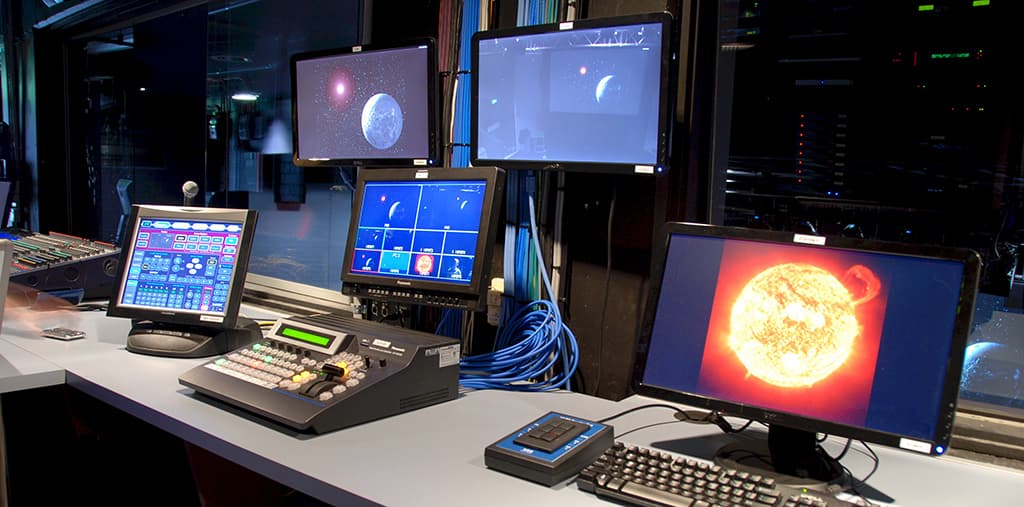

FAR-SIGHTED SOUND
For the sound system, the choice was equally far-sighted: a PA system wired as a 7.1 surround system, but with the capacity to be upgraded to 16 channels in the future. In addition to 18 x JBL Control series loudspeakers and three JBL 18-inch under-seat subwoofers, the audio setup included DSP-based signal processors from BSS, a Soundcraft Lx7ii mixing console, and a robust Shure wireless microphone system.
In addition to the overhead truss system, the new lighting rig includes a pair of motorised JLX lighting bars over the seating area. Newly-added luminaires include colour-changing LED par cans and colour changing GLP moving LED heads with everything driven from a Jands Vista S3 console. The installation includes a pair of ASM steel-band hoists for flying people and objects during performances, motorised drapes over the projection screen, and an array of HD video sources and live cameras, fed through a digital vision mixer with a plethora of effects. Sound Advice also designed a compliant induction loop system using Ampetronic induction loop amplifiers, which enables visitors with a hearing impairment to enjoy the performances.
The project spanned 12 months from inception, as the theatre runs non stop and the install was staged to minimise downtime. This worked well for the design of the user interface which was developed over the period in close collaboration with the end users.
This project was all about bringing the full excitement of Questacon’s performances to the audience. It has gone on to be recognised by Crestron as Project of the Year, and to receive the inaugural AV Industry Award (AVIA) for ‘Best Installation Under $1m’ at the Integrate 2010 show.
EQUIPMENT LIST
RIGGING
2 x ASM band hoists and controller
2 x Jands JLX lighting bars
2 x Jands H250PH hoists
1 x Jands motorised tab track system
1 x ASM Genesis controller
VISION
2 x Mitsubishi FL7000U hi-def projectors
1 x Screen Technics Cinemasnap 4500mm x 2531mm screen
2 x NEC LCD5220 displays
1 x Panasonic HS400A vision mixer populated with HDSDI I/O
2 x Panasonic AW-HE100 HD PTZ cameras
1 x Panasonic broadcast LCD monitor
2 x Integra DVD players
1 x DSTB
1 x DVI Gear – 24 in/24 out DVI matrix
3 x Gefen DVI to HDSDI Pro scalers
8 x Gefen HDSDI to DVI scalers
3 x Gefen DVI to VGA scalers
1 x Gefen G-Scaler Pro
1 x Gefen DVI to DVI scaler
1 x Gefen DVI to YUV scaler
6 x Dell 16:9 LCD displays
LIGHTING
1 x Jands Vista S3 control console
1 x Dynalite 12ch relay controller
2 x Dynalite 12ch dimmers (existing)
8 x GLP LED robotic luminaires
20 x LED Par cans
AUDIO
15 x JBL Control 29AV speakers
3 x JBL ASB6118 subwoofers
2 x JBL Control 25 speakers
2 x Lab.Guppen C20:8x 8ch power amplifiers
1 x Lab.Guppen fP3400 2ch power amplifier
1 x Ampetronic loop amplifier
3 x BSS BLU160 DSP inc. analogue & digital I/O cards
3 x BSS BLU120 breakout
1 x Soundcraft Lx7ii 24ch mixing console
6 x Shure ULXS wireless microphone systems
2 x Shure MX412 lectern microphones
2 x Shure SM57 microphones
2 x Shure SM58 microphones
1 x Denon DN-A7100 THX preamp
1 x Denon DN-C640 CD player
1 x Whirlwind 8ch ISO splitter
CONTROL SYSTEM
1 x Crestron Pro2 processor
2 x Crestron TPS15G-QM touchscreens
1 x Crestron STI-COM
2 x Crestron QM-TX Quickmedia transmitters
2 x Crestron hard button keypads
VIDEO CONFERENCING
1 x Polycom HDX8006 video conferencing codec
2 x Polycom Soundstructure S16 AEC audio DSP
1 x Polycom Eagleeye 1080 HD camera
PCs
3 x Dell rackmount PCs
1 x Gefen 4 x 4 KVM matrix
2 x USB2.0 extenders
3 x USB1.1 extenders

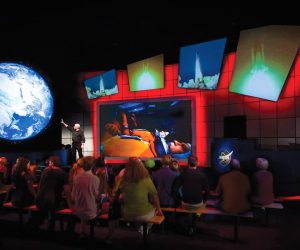
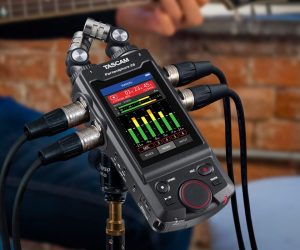
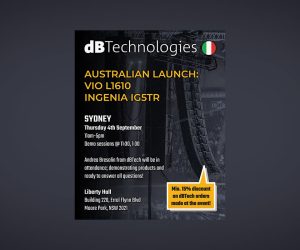
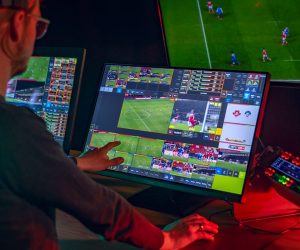
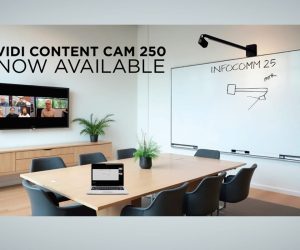
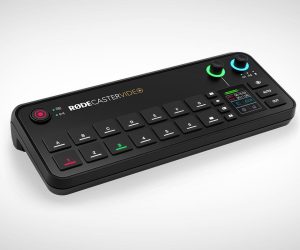

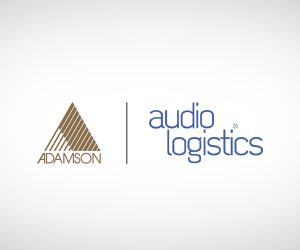

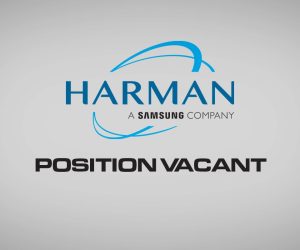
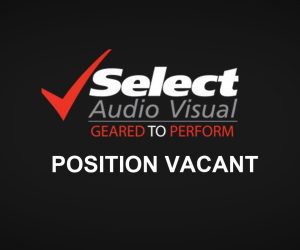



RESPONSES